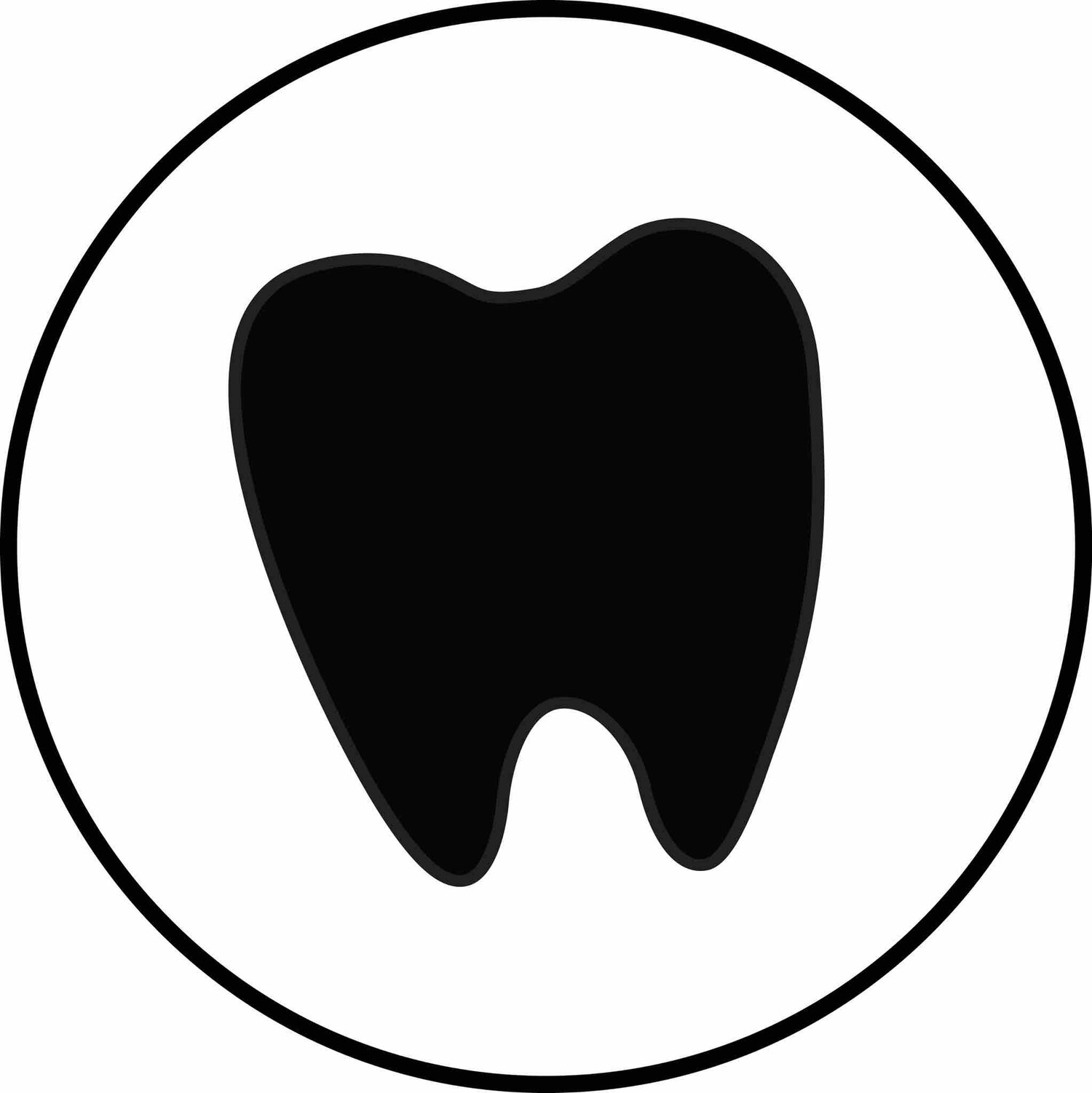What You Need to Know about the Dental Hygiene OSCE
With all the changes happening right now (and honestly- lots for the better for our public health and wellbeing), dental and dental hygiene school was greatly affected. One of the biggest culprits of change? The live patient clinical board exam. So, to change with the times, an OSCE was put in place to test students skills, let them get their license to practice, and keep both the student and patient safe. Instead of taking a 1 time live patient exam, many states allowed a written exam with clinical questions.
As a side note-the implantation of the OSCE exam was also state by state. Here in Utah, our state allowed it this year. However, to this point, California is not accepting it. You’ll definitely want to check with your state to see what changes they’ve implemented, and if they’ll be going back to a traditional patient exam over the next few months.
We asked a few dental hygiene recent grads about their experience with the exam, how they studied for it, and any advice for someone else about to take the exam and compiled all of their advice.
How did you study?
“I studied for about 2 weeks and I used the student RDH OSCE study packet for $55! What helped me was that I had just studied for months for the NBDHE. So I had a lot of material on my mind.”
“I would tell people to just use the National Board Package (on StudentRDH) to study for the OSCE because the OSCE study packet didn’t have enough information.”
How was the test administered?
“The test was taken on an iPad it was 107 questions (if I remember right) it took me around an hour to take, but you are given 2 hours to complete the exam, I would definitely go through the test twice because I found that some questions I was more confused about were much easier the second time through.”
What was the content like?
“All the questions are extremely applicable to clinical practice, things you are going to run into more commonly than questions that you'll see on the NBDHE.”
“Know the information for Nationals, plus h knowing facts about whitening and the latest on the 2017 AAP classifications”
“All the questions are extremely applicable to clinical practice, things you are going to run into more commonly than questions that you'll see on the NBDHE.”
“Honestly, the thing that helped me the most was just being familiar with everything that goes into an appointment... from medical conditions and what you would do of a patient presented with a specific condition, to periodontal disease diagnosis”
Any advice?
“What took me off guard honestly was the questions. They were worded way different then NBDHE or what we see in school. It was a lot of critical thinking. Most of the questions were easy and straight to the point. Then you would get a random question.”
“Honestly, clinic experience and studying for NBDHE is the best thing for this exam.”
“There were questions on whitening which I wasn’t expecting.”
“It definitely focuses on clinical dental hygiene, and things you’d see in an office regularly.”
“Working in private practice for a few weeks before the exam really helped with my critical thinking during the exam.”
Did you take the OSCE this year? What was your experience with the exam?
If your state is only accepting live patient exam results to get your license, you’ll definitely want to check out our “Tips for Passing Clinical Boards” Ebook, full of helpful hits and videos to make the most of your time.


